Home>Storage Ideas>Kitchen Storage>Kitchen Lighting Ideas: 45 Lights Designs To Set The Scene
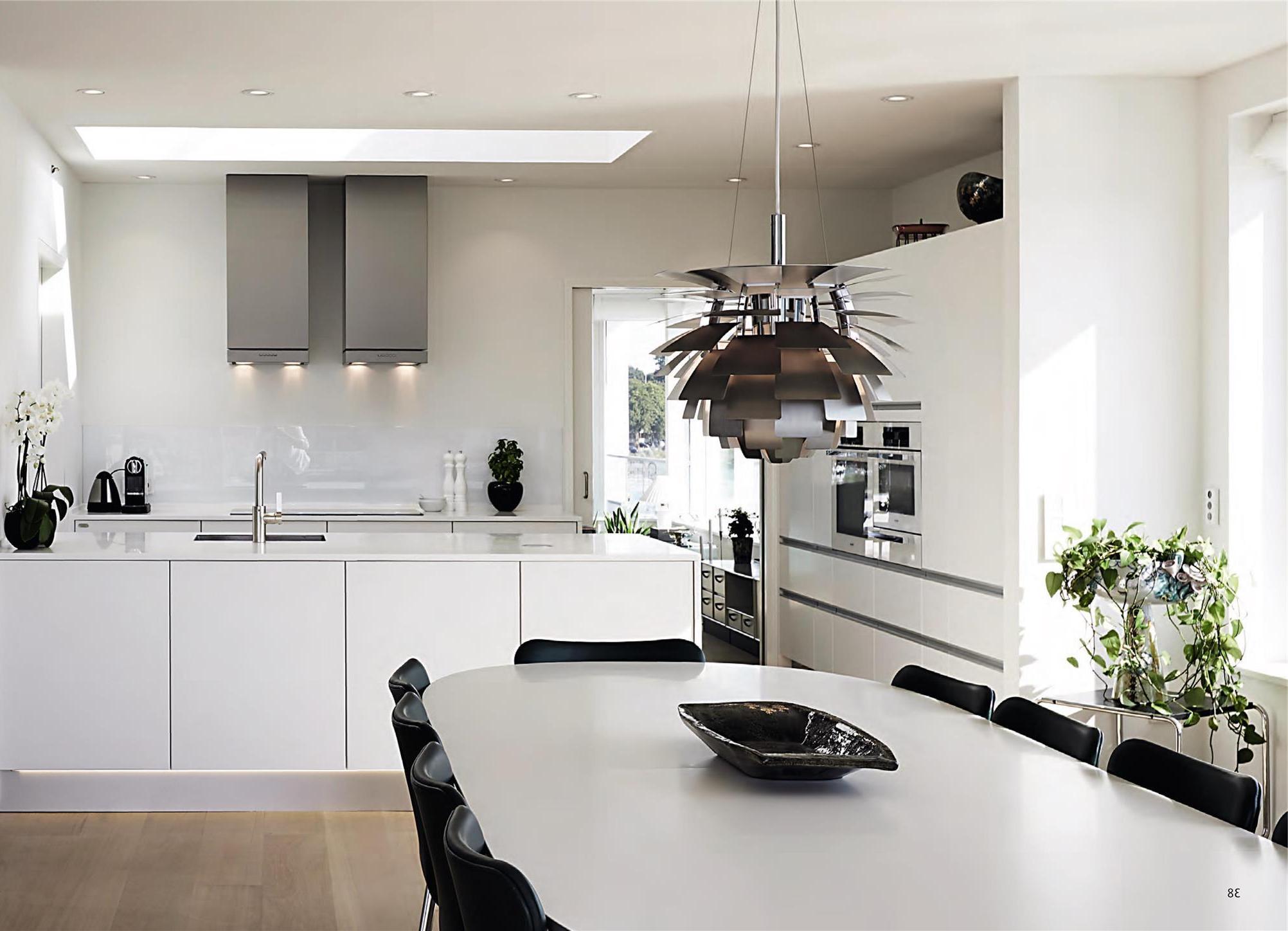

Kitchen Storage
Kitchen Lighting Ideas: 45 Lights Designs To Set The Scene
Modified: January 6, 2024
Discover 45 stunning kitchen lighting designs to create the perfect ambiance. Explore our range of kitchen storage ideas for a clutter-free space.
(Many of the links in this article redirect to a specific reviewed product. Your purchase of these products through affiliate links helps to generate commission for Storables.com, at no extra cost. Learn more)
Introduction
Welcome to our comprehensive guide on kitchen lighting ideas! Whether you’re remodeling your kitchen or simply looking to enhance its functionality and ambiance, lighting plays a crucial role in creating the perfect atmosphere. A well-lit kitchen not only serves its primary purpose of providing adequate visibility for cooking and meal preparation, but it also adds style and character to the space.
With a wide range of lighting options available, it can be overwhelming to choose the right fixtures for your kitchen. That’s why we’ve put together this article to explore various kitchen lighting ideas that will help you set the scene and transform your kitchen into a more inviting and functional space.
In this article, we will cover everything from pendant lights to task lighting, chandeliers to under cabinet lighting, and more. We’ll discuss the pros and cons of each lighting option, as well as provide tips on placement, bulb selection, and smart lighting controls. So, let’s dive in and discover the perfect lighting solutions to illuminate your kitchen!
Key Takeaways:
- Illuminate your kitchen with a mix of pendant lights, chandeliers, and under cabinet lighting to create a functional and stylish space. Consider LED bulbs and smart controls for energy efficiency and ambiance.
- Thoughtful placement of lighting fixtures is key to achieving a well-lit and visually appealing kitchen. Balance general, task, and accent lighting while integrating natural light for a welcoming atmosphere.
Read more: 45 Best Kitchen Storage Ideas To Go For
Pendant Lights
Pendant lights are a popular choice for kitchen lighting due to their versatility and style. These hanging fixtures usually feature a single light source enclosed in a decorative shade or glass globe. Pendant lights come in various sizes, shapes, and styles, allowing you to find the perfect option to complement your kitchen’s design.
One of the advantages of pendant lights is their ability to provide focused task lighting. When installed above a kitchen island or dining table, pendant lights can illuminate the area below, making it easier to perform tasks such as chopping ingredients or enjoying a meal. Additionally, pendant lights can act as a statement piece, adding a touch of elegance or uniqueness to your kitchen.
When choosing pendant lights, consider the size and height of your kitchen space. Larger pendant lights work well in spacious kitchens, while smaller ones are ideal for compact areas. It’s also important to pay attention to the material and color of the pendant shade. A glass or opaque shade can provide a diffused and soft glow, while a metal or crystal shade can create a more focused and dramatic effect.
For a modern and sleek look, consider grouping multiple pendant lights at varying heights for a captivating cluster effect. This works particularly well in kitchens with high ceilings or open floor plans. Alternatively, a single oversized pendant light can make a bold statement and serve as a focal point in your kitchen.
When it comes to pendant light placement, there are a few guidelines to keep in mind. In general, pendant lights should be hung approximately 30-36 inches above a kitchen island or dining table to provide ample lighting without obstructing views. If you have higher ceilings, you can adjust the height accordingly.
Lastly, don’t forget about the type of bulb you use in your pendant lights. LED bulbs are energy-efficient and long-lasting, making them an eco-friendly choice. Depending on the ambiance you want to create, you can choose warm or cool LED bulbs to set the mood in your kitchen.
Overall, pendant lights offer both functionality and style, making them a popular choice for kitchen lighting. Whether you prefer a minimalist, industrial, or glamorous aesthetic, there’s a pendant light design out there to suit your taste and transform your kitchen into a well-lit and fashionable space.
Chandeliers
When it comes to making a grand statement in your kitchen, chandeliers are a perfect choice. These elegant lighting fixtures can add a touch of sophistication and glamour to any kitchen space. Traditionally associated with formal dining rooms and entryways, chandeliers have now found their way into kitchen design, becoming a focal point of attention.
Chandeliers come in a variety of styles, sizes, and materials, allowing you to find the perfect match for your kitchen decor. From classic crystal chandeliers to modern and sleek designs, there are options to suit every style and preference.
One of the advantages of installing a chandelier in your kitchen is the ability to provide both ambient and task lighting. The multiple bulbs and design elements of chandeliers create a warm and inviting glow, illuminating the entire space. This makes them particularly effective in larger kitchens or open concept layouts where additional lighting is needed.
When choosing a chandelier for your kitchen, consider the size and scale of your space. A large chandelier with multiple tiers and intricate details can make a bold statement in a spacious kitchen, while a smaller, simpler chandelier can add a touch of elegance to a smaller kitchen.
Chandeliers are commonly placed above kitchen islands or dining areas, acting as a centerpiece that draws attention and sets the tone for the room. The height at which you hang a chandelier will depend on the size and layout of your kitchen. As a general rule, the bottom of the chandelier should be at least 30 inches above the surface of the island or table to ensure adequate clearance.
When it comes to bulb selection, consider using dimmable LED bulbs to create versatility in lighting intensity. This will allow you to adjust the brightness of the chandelier based on the occasion and desired ambiance.
While chandeliers are often associated with traditional and formal spaces, there are also modern and contemporary chandelier designs available that can add a unique and artistic touch to your kitchen. Whether you prefer a cascading waterfall of crystals or a minimalist geometric design, a chandelier can be a striking addition to your kitchen lighting scheme.
In summary, chandeliers offer a luxurious and eye-catching lighting solution for kitchens. Their ability to provide both ambient and task lighting, along with their varied styles and designs, make them an ideal choice for those looking to create a statement and elevate their kitchen’s aesthetic. So go ahead, let your kitchen shine with a beautiful chandelier!
Track Lighting
If you’re looking for a versatile and flexible lighting solution for your kitchen, track lighting might be the perfect choice. Track lighting consists of a linear track that holds multiple adjustable light fixtures. This allows you to easily customize the direction and focus of the light to suit your specific needs.
One of the primary benefits of track lighting is its adaptability. The adjustable light fixtures can be moved along the track to illuminate specific areas in the kitchen, such as countertops, workstations, or art pieces. This makes track lighting an excellent option for task lighting, as it provides concentrated and direct illumination where it’s needed most.
Another advantage of track lighting is its ability to highlight different areas or objects in the kitchen. For example, you can angle the fixtures to showcase your beautiful kitchen cabinets, artwork, or a collection of decorative items. This adds depth and visual interest to the space, creating a dynamic and layered lighting effect.
Track lighting is available in various styles and finishes, allowing you to find a design that complements your kitchen’s aesthetic. From sleek and modern to minimalist or industrial, there are options to suit every preference. Additionally, track lighting can be recessed or surface-mounted, depending on your desired look and installation requirements.
When installing track lighting in your kitchen, consider the layout and functionality of the space. Track lighting works particularly well in kitchens with open layouts or multiple workstations, as it provides targeted lighting for each area. It’s also worth noting that track lighting can be easily adjusted or expanded as your lighting needs change over time.
When it comes to bulb selection for track lighting, LED bulbs are a popular and energy-efficient choice. They provide bright and focused illumination while consuming less energy compared to traditional incandescent bulbs. LED bulbs also have a longer lifespan, reducing the need for frequent bulb replacements.
Overall, track lighting offers versatility, functionality, and style for any kitchen space. Its adjustable light fixtures and customizable placement make it an ideal solution for both task lighting and accent lighting. So, if you’re looking to add flexibility and a modern touch to your kitchen’s lighting design, consider incorporating track lighting into your space.
Under Cabinet Lighting
Illuminate your kitchen countertops and make your tasks easier with under cabinet lighting. As the name suggests, under cabinet lighting is installed underneath the upper cabinets, providing direct lighting onto the workspace below. This type of lighting not only enhances visibility but also adds a warm and inviting ambiance to your kitchen.
Under cabinet lighting offers several benefits that make it a popular choice for kitchen lighting. Firstly, it provides task lighting, making it easier to chop ingredients, read recipes, or perform other kitchen activities. With the focused light directed onto the countertop, you can work with precision and accuracy.
In addition to its functional role, under cabinet lighting also adds an aesthetic touch to your kitchen. The soft glow that emanates from beneath the cabinets creates a warm and inviting atmosphere, especially during nighttime or when you want to create a cozy ambiance. It can also act as a subtle and indirect source of ambient lighting, reducing the need for harsh overhead lights.
When it comes to under cabinet lighting options, there are a few different types to consider. The most common choices are LED strips or puck lights. LED strips are flexible and discreet, providing an even and continuous light source. Puck lights, on the other hand, are small and round, offering a more focused beam of light.
LED strips are a popular choice due to their energy efficiency and versatility. They can be easily installed along the underside of the cabinets, hidden from direct view. LED strips are available in various lengths and colors, allowing you to choose the option that best suits your kitchen design.
Puck lights, on the other hand, are ideal for highlighting specific areas or objects on the countertop. They can be installed individually or in a series, depending on your lighting needs. Puck lights come in different finishes and styles, providing options that can seamlessly blend into your kitchen’s aesthetic.
Installing under cabinet lighting is relatively straightforward, but it’s essential to ensure proper placement and wiring for optimal functionality. You can hire a professional electrician or choose DIY options, such as adhesive LED strips or battery-operated puck lights.
Whether you have open shelves or closed cabinets, under cabinet lighting can be an excellent addition to enhance both functionality and style in your kitchen. So, brighten up your kitchen workspace and create a warm and inviting atmosphere with under cabinet lighting.
Recessed Lighting
Recessed lighting, also known as can lights or downlights, is a popular choice for kitchen lighting due to its sleek and minimalist design. These fixtures are installed directly into the ceiling, creating a clean and unobtrusive look while providing ample illumination throughout the kitchen space.
One of the main advantages of recessed lighting is its versatility. The adjustable nature of recessed lights allows you to direct the light precisely where it’s needed most. This makes recessed lighting an ideal choice for general and ambient lighting in the kitchen, as it provides even and widespread illumination.
Recessed lighting is particularly useful in kitchens with low ceilings or limited vertical space. Since the fixtures are installed flush with the ceiling, they don’t take up visual space or create any obstructions. This can help make the kitchen feel more spacious and open.
Another great benefit of recessed lighting is its ability to complement other lighting fixtures in the kitchen seamlessly. Recessed lights can be used in conjunction with pendant lights, track lighting, or under cabinet lighting to create layered lighting effects and add depth to the kitchen’s overall lighting scheme.
When selecting recessed lighting for your kitchen, consider the size and layout of the space. Smaller kitchens may benefit from closely spaced recessed lights to provide adequate illumination. In larger kitchens, you can space the fixtures further apart or use larger-sized recessed lights for a balanced and visually appealing look.
When it comes to bulb selection for recessed lighting, LED bulbs are the recommended choice. LED bulbs are energy-efficient, long-lasting, and produce less heat compared to traditional incandescent bulbs. They also come in various color temperatures, allowing you to choose between warm and cool lighting to create the desired ambiance in your kitchen.
Proper placement of recessed lighting is crucial to ensure optimal functionality. Aim to install the fixtures strategically to provide even coverage and avoid casting shadows on work surfaces. A general guideline is to space recessed lights around 4-6 feet apart, depending on the ceiling height and the level of brightness you desire.
In summary, recessed lighting offers a sleek and versatile lighting option for kitchens. Its ability to provide widespread illumination, complement other lighting fixtures, and create an open and unobtrusive ambiance make it a popular choice among homeowners. So, consider incorporating recessed lighting into your kitchen design to achieve a clean and modern look.
Flush Mount Lights
When it comes to kitchen lighting, flush mount lights are a popular choice for many homeowners. Also known as surface-mount lights, these fixtures are installed directly against the ceiling, creating a seamless and flush appearance. Flush mount lights provide both functionality and style, making them a versatile option for a variety of kitchen designs.
One of the main advantages of flush mount lights is their ability to provide general and ambient lighting. These fixtures typically feature a single or multiple light bulbs enclosed in a decorative or simple glass or metal shade. The light emitted from flush mount lights is spread evenly throughout the room, ensuring ample illumination for everyday tasks.
Flush mount lights are available in a wide range of styles, sizes, and designs, allowing you to find the perfect match for your kitchen decor. Whether you prefer a sleek and modern look or a more traditional and decorative style, there is a flush mount light that will complement your kitchen’s aesthetic.
One of the key benefits of flush mount lights is their versatility in terms of placement. They can be installed in any area of the kitchen, from the center of the ceiling to above a kitchen island or dining table. Flush mount lights work well in kitchens with low ceilings or limited vertical space, as they don’t hang down and take up visual space.
Another advantage of flush mount lights is their easy installation. They can be mounted directly onto the ceiling without the need for additional modifications or wiring, making them a convenient option for both new constructions and renovations. Flush mount lights can also be a cost-effective choice, as they typically require fewer fixtures to adequately light up the kitchen space.
When it comes to bulb selection, you have various options for flush mount lights. LED bulbs are highly recommended due to their energy efficiency and long lifespan. They produce bright and focused light, ensuring that your kitchen is well-lit without consuming excessive energy.
While flush mount lights are primarily used for general lighting, they can also be used in conjunction with other lighting fixtures to create a layered lighting effect. For example, you can pair flush mount lights with under cabinet lighting or pendant lights to provide task lighting and add visual interest to your kitchen.
In summary, flush mount lights offer a practical and stylish solution for kitchen lighting. With their versatile placement options and wide range of designs, these fixtures can enhance the overall look of your kitchen while providing ample illumination. So, consider incorporating flush mount lights into your kitchen lighting design for a seamless and functional lighting scheme.
Island Lighting
If you have a kitchen island or a spacious dining area in your kitchen, it’s important to have proper lighting to enhance functionality and create a visually appealing space. Island lighting refers to the lighting fixtures installed above the kitchen island or dining table, acting as both a functional and decorative element.
One of the main purposes of island lighting is to provide task lighting for meal preparation or other activities conducted on the island. Pendant lights are a popular choice for island lighting due to their ability to focus light directly onto the countertop. They can also serve as a statement piece, adding a touch of style and personality to your kitchen.
When choosing island lighting, there are a few factors to consider. The size and scale of your kitchen island play a crucial role in determining the number and size of pendant lights. In general, larger islands can accommodate multiple pendant lights for a balanced and visually appealing look, while smaller islands may only require one or two fixtures.
Consider the height at which you hang the pendant lights. The bottom of the pendant should be approximately 30-36 inches above the countertop to provide sufficient lighting without obstructing views or causing glare. Adjust the height based on your specific needs and preferences.
In terms of design, pendant lights come in a variety of styles, materials, and colors. Whether you prefer a sleek and modern look or a more traditional and ornate aesthetic, you can find pendant lights that complement your kitchen’s overall design scheme. Consider the shape and size of the pendant shades, as well as the material and finish, to create a cohesive and visually appealing look.
Aside from pendant lights, other island lighting options include chandeliers or linear suspensions. Chandeliers can add a touch of elegance and create a more formal ambiance, while linear suspensions provide a streamlined and contemporary look. Consider the height and dimensions of your kitchen space when selecting these types of island lighting fixtures.
It’s worth noting that the choice of bulbs used in island lighting can greatly impact the overall look and feel of your kitchen. LED bulbs are energy-efficient and emit a bright, focused light that is ideal for task lighting. Consider the color temperature of the bulbs, such as warm white or cool white, to achieve the desired ambiance in your kitchen.
Overall, island lighting is a key element in creating a functional and visually pleasing kitchen space. Whether you opt for pendant lights, chandeliers, or other types of fixtures, make sure to consider both the practical needs and the design aesthetics of your kitchen to find the perfect island lighting solution.
Sconces
When it comes to adding style and elegance to your kitchen lighting, sconces can be an excellent choice. Sconces are wall-mounted lighting fixtures that not only provide targeted illumination but also act as decorative elements in your kitchen. These fixtures come in a variety of styles and designs, allowing you to enhance the overall aesthetic of your space.
One of the main advantages of sconces is their versatility. They can be installed in various areas of the kitchen, such as above countertops, next to cabinets, or on either side of a kitchen window. Sconces work well in kitchens with limited ceiling space or as a supplement to other lighting fixtures to create a layered lighting effect.
Sconces are perfect for providing focused task lighting. When installed above countertops or prep areas, they can illuminate the workspace, improving visibility and making it easier to prepare meals or complete kitchen tasks. The directed light from sconces also helps to reduce shadows, providing a clear view of your work surface.
In addition to their functional role, sconces can also add a decorative touch to your kitchen. With a wide range of styles available, from modern and sleek to vintage and ornate, you can find sconces that complement your kitchen’s design. The choice of materials, such as metal, glass, or fabric shades, can further enhance the look and feel of your space.
When selecting sconces for your kitchen, consider the size, scale, and layout of the area where they will be installed. For smaller kitchens, choose sconces that are proportionate to the space, so they don’t overpower the room. In larger kitchens, you can opt for larger or multiple sconces to create a more dramatic effect.
Sconces can be used in pairs or as individual fixtures, depending on your lighting needs and design preferences. Installing sconces on either side of a kitchen window can create a symmetrical and balanced look, while placing them next to cabinets can add an accent to the cabinetry.
When it comes to bulb selection, consider using LED bulbs for sconces. LED bulbs are energy-efficient and have a longer lifespan compared to traditional incandescent bulbs. They also come in various color temperatures, allowing you to create the desired ambiance in your kitchen.
Overall, sconces offer a stylish and functional lighting option for your kitchen. They provide targeted illumination while adding a decorative element to the space. So, explore the variety of sconce designs available and choose the ones that best suit your kitchen’s style and lighting needs.
Consider layering your kitchen lighting with a mix of ambient, task, and accent lights to create a well-lit and inviting space. This combination will provide both functionality and ambiance for your kitchen.
Task Lighting
In the kitchen, having adequate task lighting is essential to ensure you can perform your culinary activities with ease and precision. Task lighting refers to the focused lighting that is specifically designed to illuminate specific work areas, such as countertops, stovetops, and sinks, where you need the most visibility.
When it comes to task lighting in the kitchen, there are various options to consider. One of the most popular choices is under cabinet lighting, which we discussed earlier. By installing lights underneath your upper cabinets, you can directly illuminate the countertop, providing ample lighting for food preparation, cooking, and other kitchen tasks.
In addition to under cabinet lighting, other task lighting options include recessed lighting, pendant lights, track lighting, and even desk lamps or portable lights that can be easily moved around when needed. The key is to choose a lighting solution that focuses the light directly onto the specific work area, reducing shadows and providing sufficient brightness.
When selecting task lighting fixtures, consider the type of lighting source that will best suit your needs. LED bulbs are energy-efficient and produce a bright, focused light that is ideal for task lighting. They also have a longer lifespan, reducing the need for frequent bulb replacements.
Placement of task lighting is crucial to ensure optimal functionality. For example, if you have a stovetop, consider installing recessed lighting or a pendant light directly above it to provide ample lighting for cooking and food preparation. If you have a kitchen island, pendant lights or track lighting can be positioned strategically to illuminate the countertop surface where you do most of your meal preparations.
It’s important to note that task lighting should be adjustable and dimmable whenever possible. This allows you to customize the lighting intensity based on your specific needs and preferences. For example, when cooking, you may want a brighter light, but when enjoying a meal, a softer and dimmer light can create a more relaxed ambiance.
By incorporating task lighting into your kitchen design, you can improve visibility and make your everyday kitchen tasks more efficient. Whether it’s under cabinet lighting, pendant lights, or recessed lighting, choosing the right task lighting fixtures will enhance both the functionality and aesthetics of your kitchen.
Accent Lighting
In addition to providing functional lighting for cooking and meal preparation, accent lighting adds a touch of ambiance and enhances the overall atmosphere in your kitchen. Accent lighting is designed to highlight specific areas, architectural features, or decorative elements, creating a focal point and adding visual interest to the space.
One of the key benefits of accent lighting is its ability to create a warm and inviting ambiance in your kitchen. It adds depth and dimension to the space, making it feel more visually appealing and cozy. By carefully selecting the areas to accentuate, you can create a customized lighting arrangement that suits your kitchen’s style and design.
There are various ways to incorporate accent lighting into your kitchen. One popular option is to use LED strip lights to highlight the underside of upper cabinets, floating shelves, or the top of a kitchen island. By placing LED strips in these areas, you can create a soft and indirect glow that adds a touch of elegance and drama to the space.
Another way to use accent lighting is to focus on specific architectural features or focal points in your kitchen. For example, you can install wall-mounted sconces or track lighting to illuminate a textured stone backsplash, a wine rack, or a statement art piece. This technique draws attention to these elements, enhancing their visual impact.
Ambient lighting can also be used as accent lighting. If you have a tray ceiling or decorative molding, consider installing recessed lighting around the perimeter to create a soft and indirect glow. This highlights the architectural details and adds a touch of sophistication to your kitchen.
When selecting accent lighting fixtures, consider the color temperature and brightness of the bulbs. Warm white or soft white bulbs create a cozy and inviting atmosphere, while cool white bulbs provide a more modern and crisp look. Additionally, dimmable options allow you to adjust the lighting intensity based on your desired ambiance.
Proper placement of accent lighting is essential to achieve the desired effect. Take the time to experiment with different angles and placements to find the most flattering and visually appealing arrangement. It’s also important to ensure that the accent lighting does not overpower or clash with other lighting sources in the kitchen.
By incorporating accent lighting into your kitchen design, you can transform your space into a warm and inviting atmosphere. Whether highlighting architectural features, decorative elements, or creating a soft glow, accent lighting adds a layer of sophistication and style to your kitchen.
Statement Lighting Fixtures
If you want to make a bold and stylish statement in your kitchen, consider incorporating statement lighting fixtures. These eye-catching and unique lighting fixtures not only provide illumination but also serve as a focal point and conversation starter in your kitchen space.
Statement lighting fixtures come in a wide array of shapes, sizes, and designs. From oversized chandeliers and artistic pendant lights to unconventional shapes and materials, there are options to suit every taste and kitchen style. These fixtures often feature intricate details, stunning finishes, and exquisite craftsmanship, adding a touch of luxury and personality to your kitchen.
One of the advantages of statement lighting fixtures is their ability to instantly elevate the look of your kitchen. Whether you have a modern, industrial, farmhouse, or eclectic kitchen, there’s a statement lighting fixture that can beautifully complement your design aesthetic. It’s an opportunity to showcase your personal style and make a visual impact in your space.
When incorporating statement lighting fixtures, consider the size and scale of your kitchen. Larger fixtures work well in spacious kitchens with high ceilings, creating a dramatic and grand focal point. On the other hand, smaller fixtures can add a touch of elegance and visual interest to smaller kitchens or serve as a captivating accent piece.
Placement of statement lighting fixtures is also crucial for their impact. Consider installing them above kitchen islands or dining tables, where they can take center stage and provide focused lighting. In open concept kitchens, a statement lighting fixture can clearly define the dining area or visually separate it from the cooking and prep area.
Statement lighting fixtures are often conversation starters, so it’s important to ensure that they are properly maintained and cleaned. Regularly dust the fixtures and clean any glass or crystal elements to keep them shining and looking their best.
When it comes to bulb selection, consider using LED or energy-efficient bulbs for your statement lighting fixtures. LED bulbs not only consume less energy but also have a longer lifespan, reducing the need for frequent bulb replacements. Choose bulbs with the appropriate color temperature to create the desired ambiance and effect.
Remember, statement lighting fixtures should harmonize with the overall design and style of your kitchen. They should complement other elements such as cabinetry, countertops, and backsplashes while adding a unique and impactful touch. So go ahead, choose a statement lighting fixture that speaks to your personal style and let it become the centerpiece of your kitchen.
Natural Light
When it comes to kitchen lighting, don’t underestimate the power and beauty of natural light. Natural light not only provides ample illumination but also creates a fresh and inviting atmosphere in your kitchen space. Incorporating natural light into your kitchen design can have numerous benefits for both your well-being and the overall aesthetic of the space.
One of the main advantages of natural light is its ability to make your kitchen feel bright and open. Natural light can make a small kitchen feel more spacious, and a large kitchen feel even more expansive. It enhances the colors and textures in the room, bringing out their true vibrancy.
In addition to its visual appeal, natural light also has various health benefits. Exposure to natural light can enhance your mood, boost your energy levels, and improve your overall well-being. Sunlight contains vitamin D, which is essential for calcium absorption and bone health.
To maximize the natural light in your kitchen, consider the following design strategies:
- Optimize your window placement: If you’re building a new kitchen or renovating an existing one, consider the placement and size of your windows. Large windows or French doors can flood your kitchen with natural light, while strategically placed skylights can bring in additional sunlight from above.
- Use light-colored or reflective surfaces: Light-colored walls, cabinets, and countertops can help bounce natural light around the room, making the space feel brighter and more airy. Incorporating reflective materials like glass tiles or mirrored backsplashes can also help amplify the natural light.
- Minimize window treatments: Keep window treatments simple and minimal to allow for maximum light penetration. Sheer curtains or blinds that can be easily pulled up or opened during the day will help maximize the natural light while still providing privacy when needed.
- Utilize light-enhancing accessories: Place reflective objects and accessories strategically throughout your kitchen to help bounce and distribute natural light. Mirrors, glass jars, or shiny metal accents can all contribute to a brighter and more reflective space.
While natural light is a beautiful and beneficial source of illumination in the kitchen, it’s important to consider the potential drawbacks. Direct sunlight can cause glare and fade certain materials, such as fabrics or wood finishes. To mitigate this, you can use window treatments like shades or blinds to diffuse or control the amount of sunlight entering your kitchen.
Overall, incorporating natural light into your kitchen design can transform the space into a bright, welcoming, and energizing environment. By strategically optimizing your window placement, using light-colored surfaces, minimizing window treatments, and introducing light-enhancing accessories, you can make the most of the natural light available and create a beautiful and functional kitchen.
Dimmers and Smart Lighting Controls
When it comes to creating the perfect ambiance in your kitchen, having control over your lighting is key. Dimmers and smart lighting controls offer a convenient and versatile way to adjust the brightness and intensity of your kitchen lighting, allowing you to create the desired mood and save energy.
One of the primary benefits of dimmers is their ability to provide adjustable lighting levels. Whether you’re preparing a meal, entertaining guests, or enjoying a quiet evening at home, dimmers allow you to set the perfect lighting to match the occasion. By lowering the intensity of the lights, you can create a warmer and more relaxed ambiance, while increasing it provides brighter and more focused lighting.
Smart lighting controls take dimming to the next level by allowing you to control your kitchen lighting through a smartphone app or voice commands. With smart lighting systems, you can create customized lighting scenes, schedule lighting changes, and even integrate them with other smart home devices for a seamless home automation experience.
Using dimmers and smart lighting controls in your kitchen has several benefits:
- Energy efficiency: By reducing the brightness of your lights, you can save energy and lower your electricity bills. Dimming the lights by just 10% can result in noticeable energy savings.
- Extended bulb life: Dimming your lights can also extend the lifespan of your bulbs. When lights are dimmed, they generate less heat, which can help prolong the life of the bulbs.
- Flexibility and versatility: Dimmers and smart lighting controls provide flexibility in adjusting the light levels to match different activities and moods. Whether you’re cooking, dining, or simply relaxing, you have the ability to tailor the lighting to suit your needs.
- Convenience and control: With smart lighting controls, you can conveniently adjust your kitchen lighting from anywhere using your smartphone or voice commands. You can also create presets or scenes that can be activated with a single tap or voice command.
When installing dimmers and smart lighting controls, it’s important to choose compatible lighting fixtures and bulbs. Not all bulbs are dimmable, so ensure that you select LED or incandescent bulbs specifically designed for dimming. Consult with an electrician or refer to the manufacturer’s recommendations for compatible dimmer switches and smart lighting systems.
Dimmers and smart lighting controls can be installed during the initial kitchen design or added as a retrofitting option. Consider the placement of the controls for convenience and accessibility, ensuring they are within reach and easily visible.
Incorporating dimmers and smart lighting controls into your kitchen allows you to have full control over the lighting to create the perfect ambiance and save energy. Whether you’re hosting a festive gathering, having a romantic dinner, or simply relaxing with a book, having the ability to adjust the lighting to match your needs is invaluable.
Choosing the Right Bulbs
When it comes to kitchen lighting, choosing the right bulbs is essential to achieve the desired lighting effect and energy efficiency. With various options available, it’s important to consider factors such as brightness, color temperature, energy efficiency, and bulb lifespan.
Here are some key points to consider when selecting bulbs for your kitchen:
- Brightness: The brightness of a bulb is measured in lumens. For task lighting and areas where you need plenty of light, such as above countertops or workstations, opt for bulbs with higher lumens. For general or ambient lighting, lower lumen bulbs may be suitable.
- Color Temperature: Color temperature refers to the “warmth” or “coolness” of the light emitted from a bulb and is measured in Kelvin (K). Bulbs with lower color temperatures (2700K-3000K) produce warm, yellowish light, similar to traditional incandescent bulbs. Bulbs with higher color temperatures (3500K-5000K) produce cooler, bluish light. Consider the atmosphere you want to create in your kitchen when selecting the color temperature.
- Energy Efficiency: Energy-efficient bulbs help reduce energy consumption and lower electricity bills. LED bulbs are the most energy-efficient option, producing the same amount of light as traditional incandescent bulbs, but using significantly less energy. They also have a longer lifespan, saving you money in the long run.
- Lifespan: Bulb lifespan is an important consideration to minimize the frequency of bulb replacements. LED bulbs have the longest lifespan, lasting up to 20 times longer than incandescent bulbs. This reduces maintenance and replacement costs while providing consistent and reliable lighting.
- Dimmability: If you have dimmers or smart lighting controls in your kitchen, make sure to choose bulbs that are specifically labeled as “dimmable”. Not all bulbs are compatible with dimmers, so check the packaging or consult with a lighting specialist to ensure compatibility.
- CRI (Color Rendering Index): The CRI measures how accurately a light source can render colors compared to natural light. A higher CRI indicates better color accuracy. For kitchens where food preparation and cooking are important, consider bulbs with a high CRI to ensure accurate color representation.
It’s also worth noting that different areas of your kitchen may require different types of bulbs. For example, task areas may benefit from brighter, cooler bulbs to aid visibility, while dining or relaxation areas may benefit from warmer, softer bulbs to create a cozy atmosphere.
It’s recommended to experiment with different bulb options to see which ones best suit your preferences and needs. Consider purchasing a few different bulbs and testing them in your kitchen to see how the lighting affects the space before committing to a specific type or brand.
By carefully selecting the right bulbs for your kitchen, you can create the perfect lighting ambiance while also maximizing energy efficiency and bulb longevity. So, take the time to understand the different bulb options available and make an informed decision based on your desired lighting needs and aesthetic preferences.
Lighting Placement Tips
The placement of your kitchen lighting fixtures plays a crucial role in creating a well-lit and functional space. Thoughtful placement ensures that you have adequate lighting in all areas of the kitchen while highlighting key features and minimizing shadows. Here are some essential lighting placement tips to consider:
- General Lighting: Start by considering your general or ambient lighting. This is the primary source of overall illumination in the kitchen. Recessed lighting or flush mount lights can provide even and widespread lighting. Place them strategically throughout the ceiling to ensure coverage across the entire space.
- Task Lighting: Task lighting focuses on specific work areas where you need direct and concentrated light. Install under cabinet lighting to illuminate countertops, making it easier to prep food and carry out other kitchen tasks. Pendant lights or track lighting above kitchen islands or dining tables provide focused lighting for those areas.
- Accent Lighting: Accent lighting is used to highlight specific features, architectural elements, or decorative objects in the kitchen. Install recessed or track lighting to showcase a textured backsplash or a display shelf. Consider adding small recessed lights or sconces to draw attention to artwork or a beautiful wall finish.
- Balance and Symmetry: Achieving balance in lighting placement is crucial for a visually pleasing kitchen. If you have multiple pendant lights or sconces, ensure they are evenly spaced and symmetrical. This creates a sense of harmony and avoids a cluttered or chaotic look.
- Height and Clearance: Pay attention to the height and clearance of your lighting fixtures. Pendant lights or chandeliers above kitchen islands or dining tables should hang at a height that provides sufficient illumination without obstructing views or causing glare. Allow ample clearance between the lighting fixtures and any objects or furniture below.
- Avoid Shadows: Be mindful of shadows when placing lighting fixtures. Aim to have enough sources of light to minimize shadows on countertops and work surfaces. Carefully position recessed lights or track lighting to avoid casting shadows that may interfere with your visibility and tasks.
- Layered Lighting: To achieve a well-balanced lighting scheme, incorporate multiple layers of light. Layered lighting combines different types of fixtures, such as recessed lights, pendant lights, and under cabinet lighting, to create a dynamic and versatile lighting environment. This ensures no area of the kitchen is left poorly lit.
- Natural Light Integration: Consider the placement of windows and skylights when planning your lighting. Ensure that the natural light sources don’t create excessive glare or shadows on work surfaces. Use window treatments to control the amount of natural light while still maintaining its benefits.
- Dimmers and Controls: Install dimmers or smart lighting controls to have the flexibility to adjust the brightness of your fixtures. This allows you to create different lighting moods and adapt the lighting to different activities or times of the day.
- Consult with a Lighting Specialist: If you are unsure about the best placement for your kitchen lighting, consult with a lighting specialist or an electrician. They can provide professional advice based on your kitchen layout, design, and lighting needs.
Remember, lighting placement should be tailored to your specific kitchen layout and needs. Take into consideration the size of your kitchen, the functionality of each area, and your personal preferences. By strategically placing your lighting fixtures, you can create a well-illuminated, visually appealing, and functional kitchen space.
Conclusion
In conclusion, lighting plays a vital role in creating a functional, comfortable, and visually appealing kitchen space. With the right combination of lighting fixtures, you can transform your kitchen into a well-illuminated and inviting area that meets your needs and reflects your personal style.
From pendant lights to chandeliers, track lighting to under cabinet lighting, there are numerous options to consider when designing your kitchen lighting. Each type of lighting serves a specific purpose, whether it’s providing general lighting, task lighting, accent lighting, or creating a statement with unique fixtures.
When selecting lighting fixtures, pay attention to factors such as brightness, color temperature, energy efficiency, bulb lifespan, and dimmability. LED bulbs have become a popular choice due to their energy efficiency, long lifespan, and versatility in creating various lighting effects.
Lighting placement is equally important to ensure even and effective illumination throughout your kitchen. Consider the different areas of your kitchen, such as workstations, kitchen islands, dining areas, and architectural elements, when determining the placement of your lighting fixtures. Aim for balance, symmetry, and appropriate clearance to avoid shadow areas and achieve a harmonious visual appeal.
Furthermore, don’t forget about the natural light in your kitchen. Utilizing windows, skylights, and proper window treatments can enhance your kitchen’s ambiance and bring in the benefits of natural lighting. Integrating smart lighting controls and dimmers allows you to have flexible control over the intensity and mood of your lighting, adapting to different activities and occasions.
In the end, it’s important to consult with lighting specialists or professionals if you need assistance in designing your kitchen lighting. They can provide expert advice tailored to your specific kitchen layout and requirements.
So go ahead and let your creativity shine through as you explore the world of kitchen lighting. With the right lighting choices and thoughtful placement, you can create a kitchen that is both functional and visually stunning, making it the heart of your home.
Frequently Asked Questions about Kitchen Lighting Ideas: 45 Lights Designs To Set The Scene
Was this page helpful?
At Storables.com, we guarantee accurate and reliable information. Our content, validated by Expert Board Contributors, is crafted following stringent Editorial Policies. We're committed to providing you with well-researched, expert-backed insights for all your informational needs.
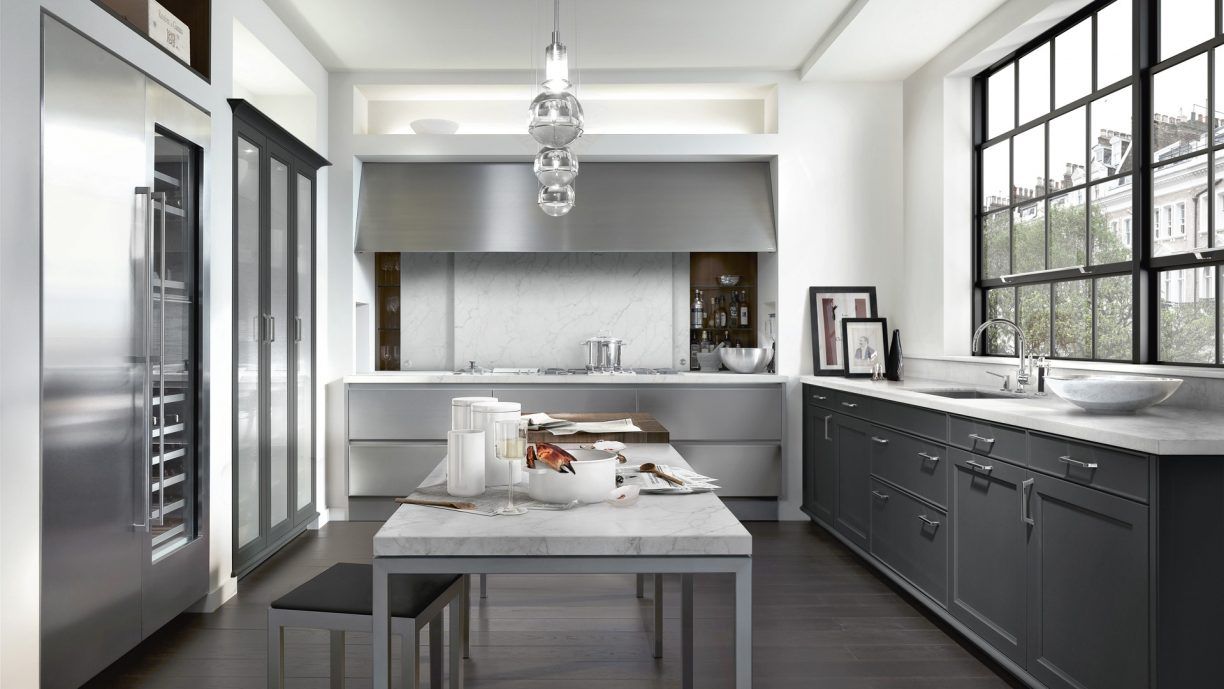

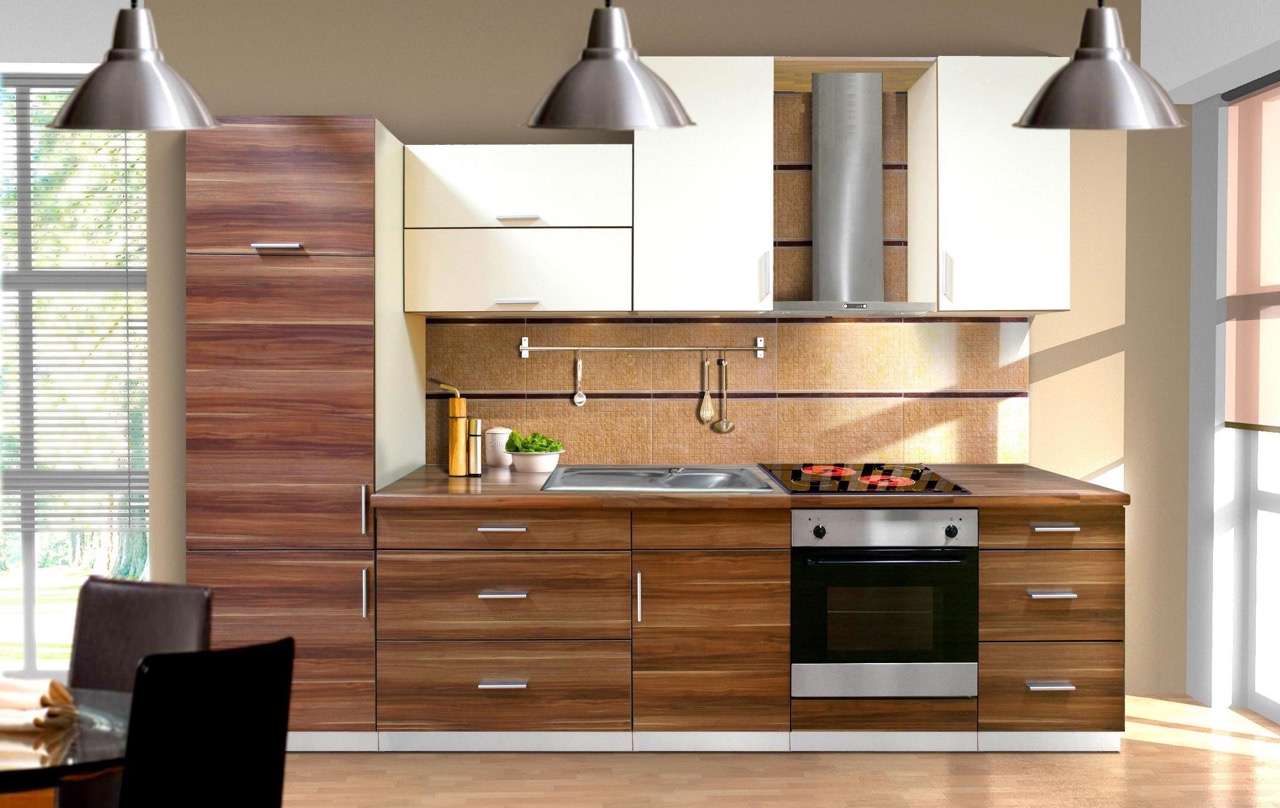
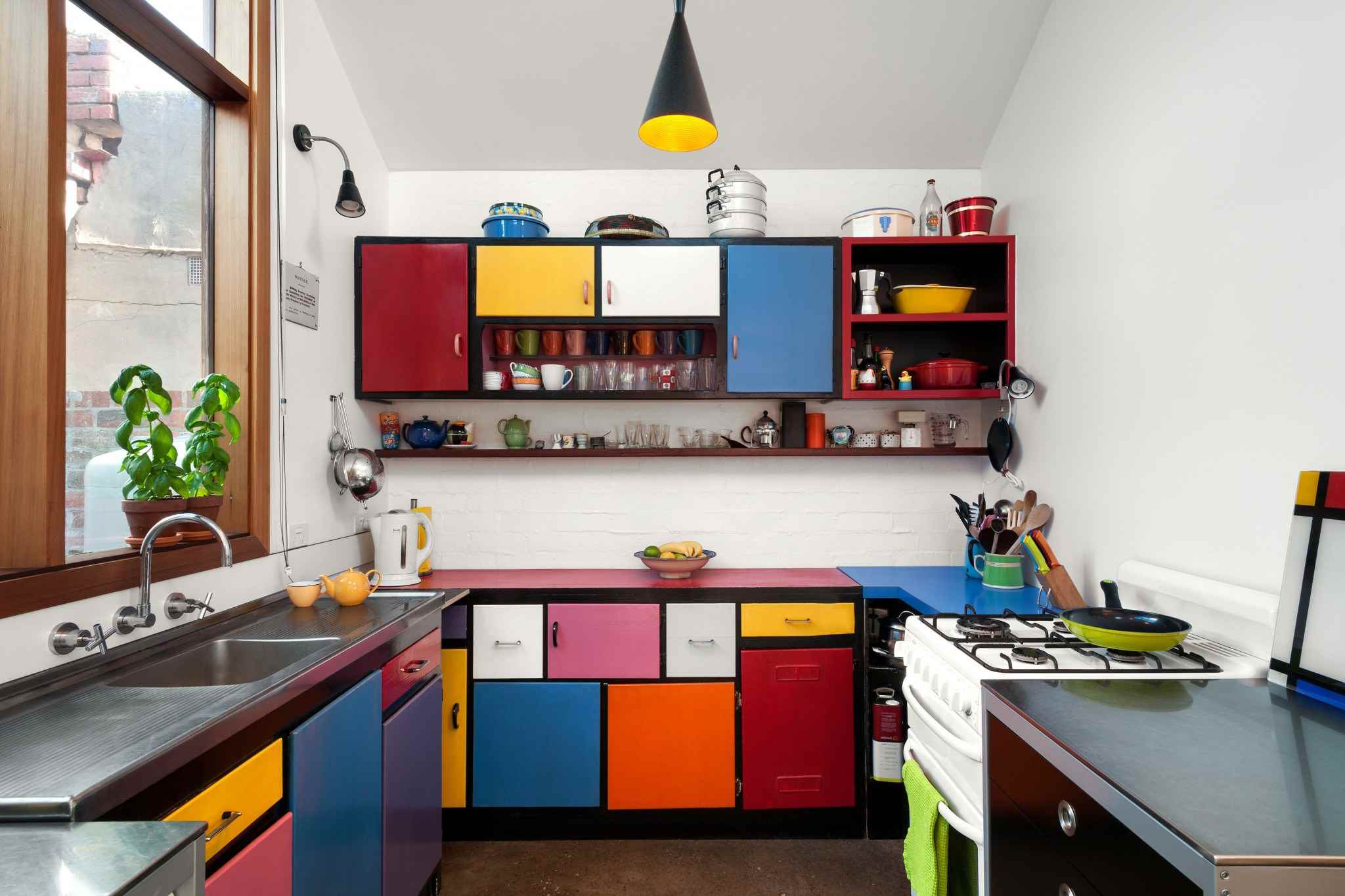
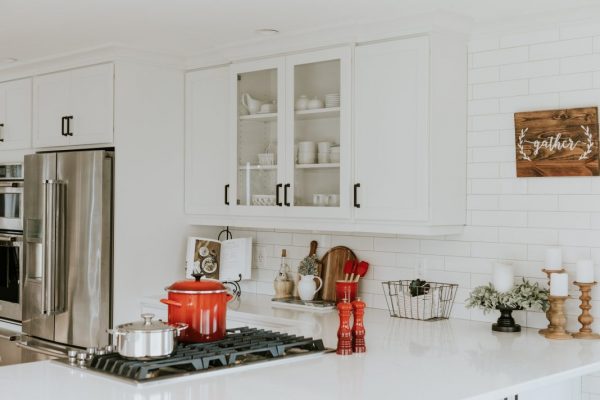
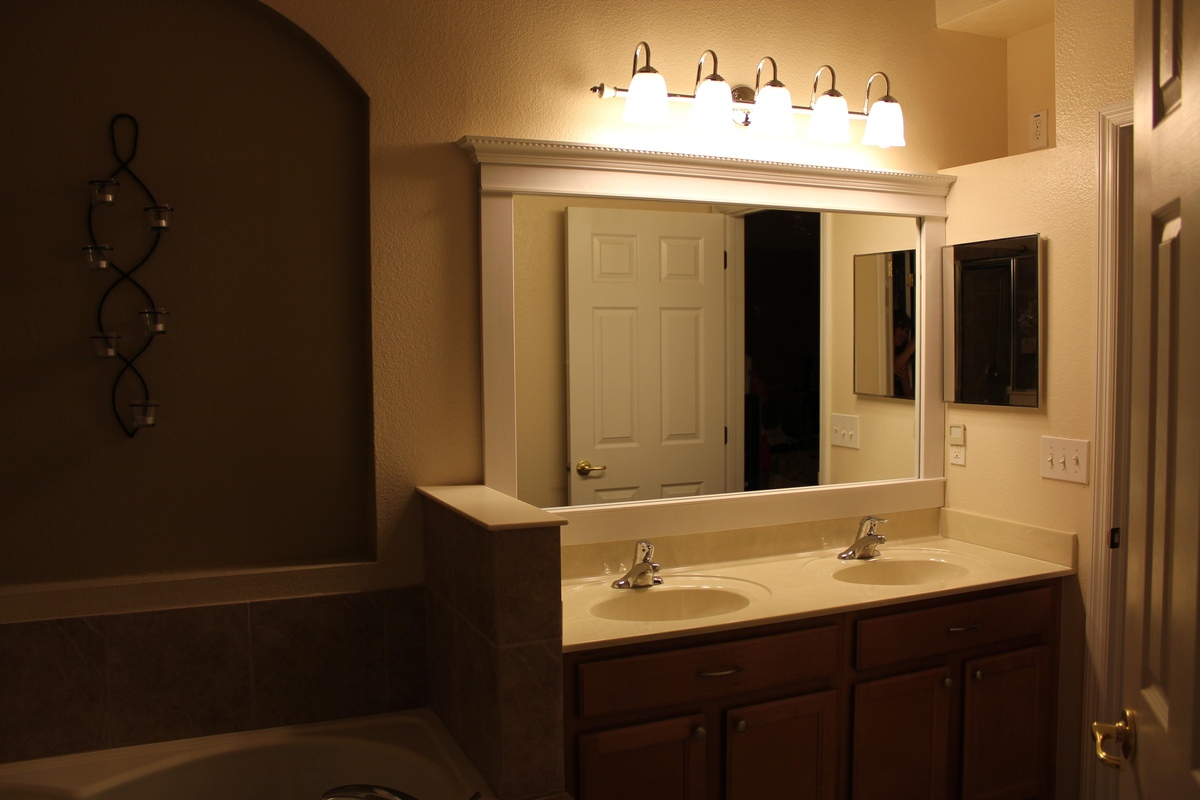
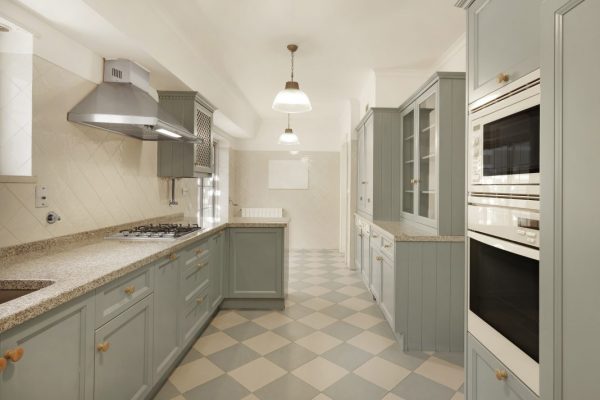
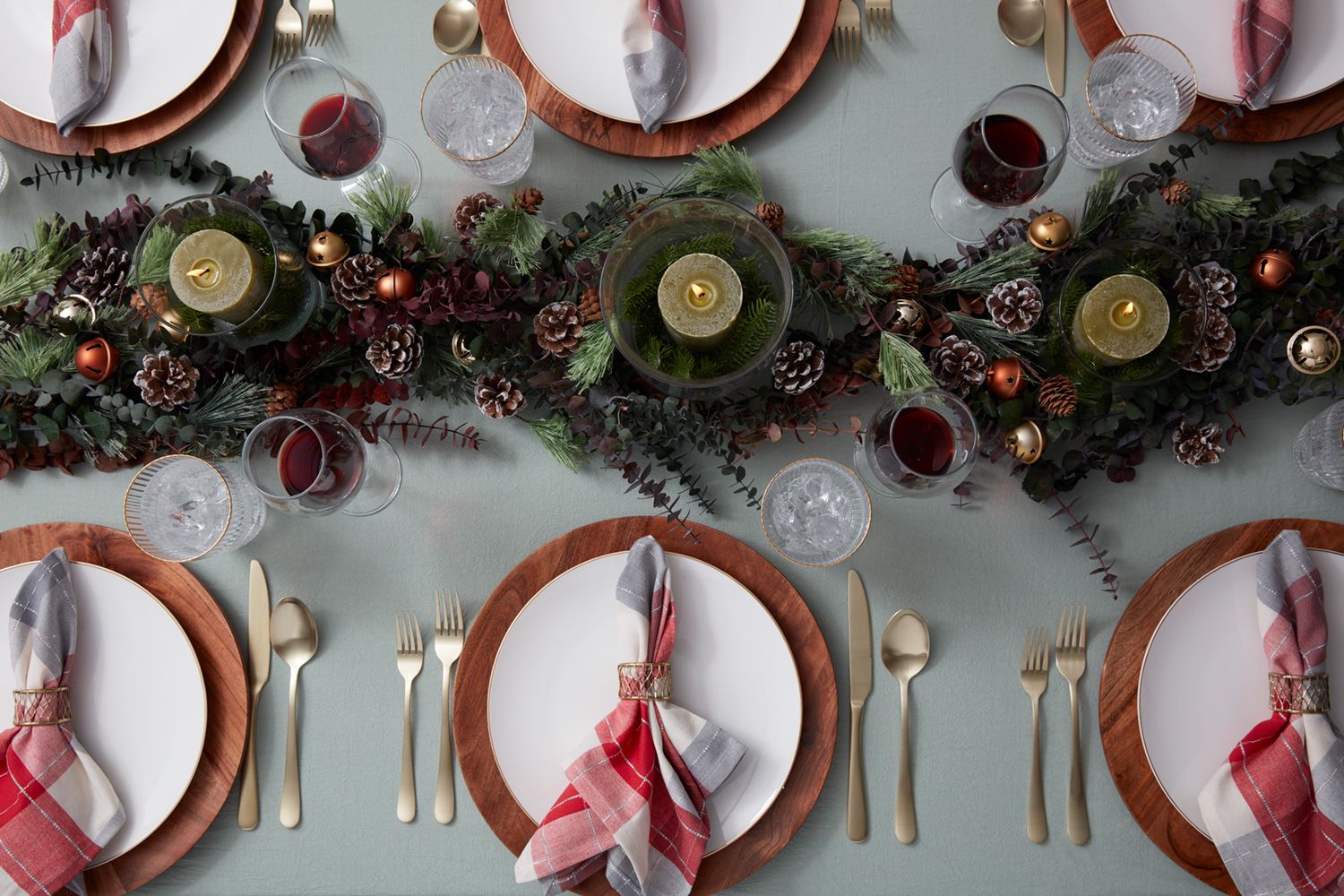
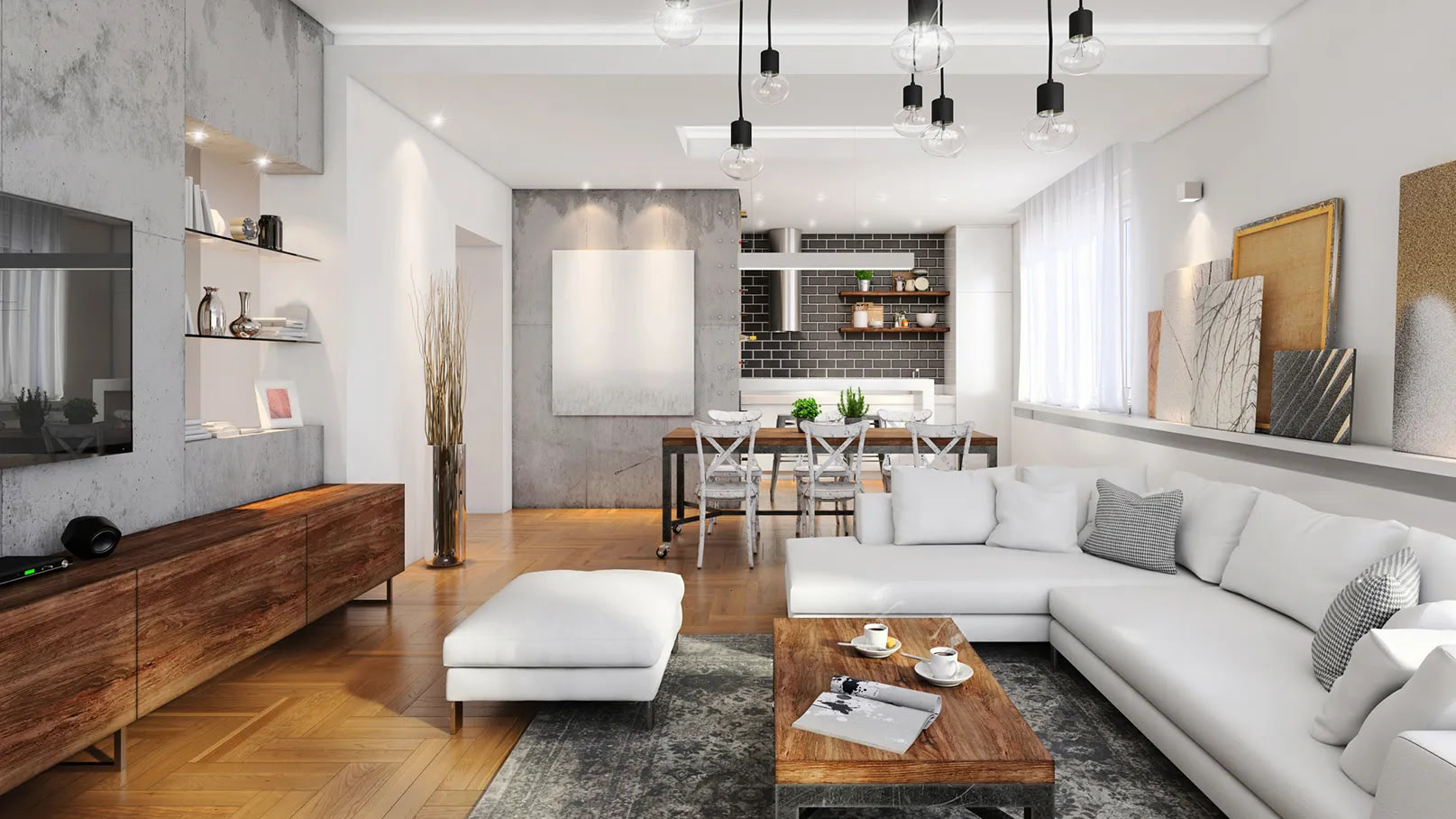
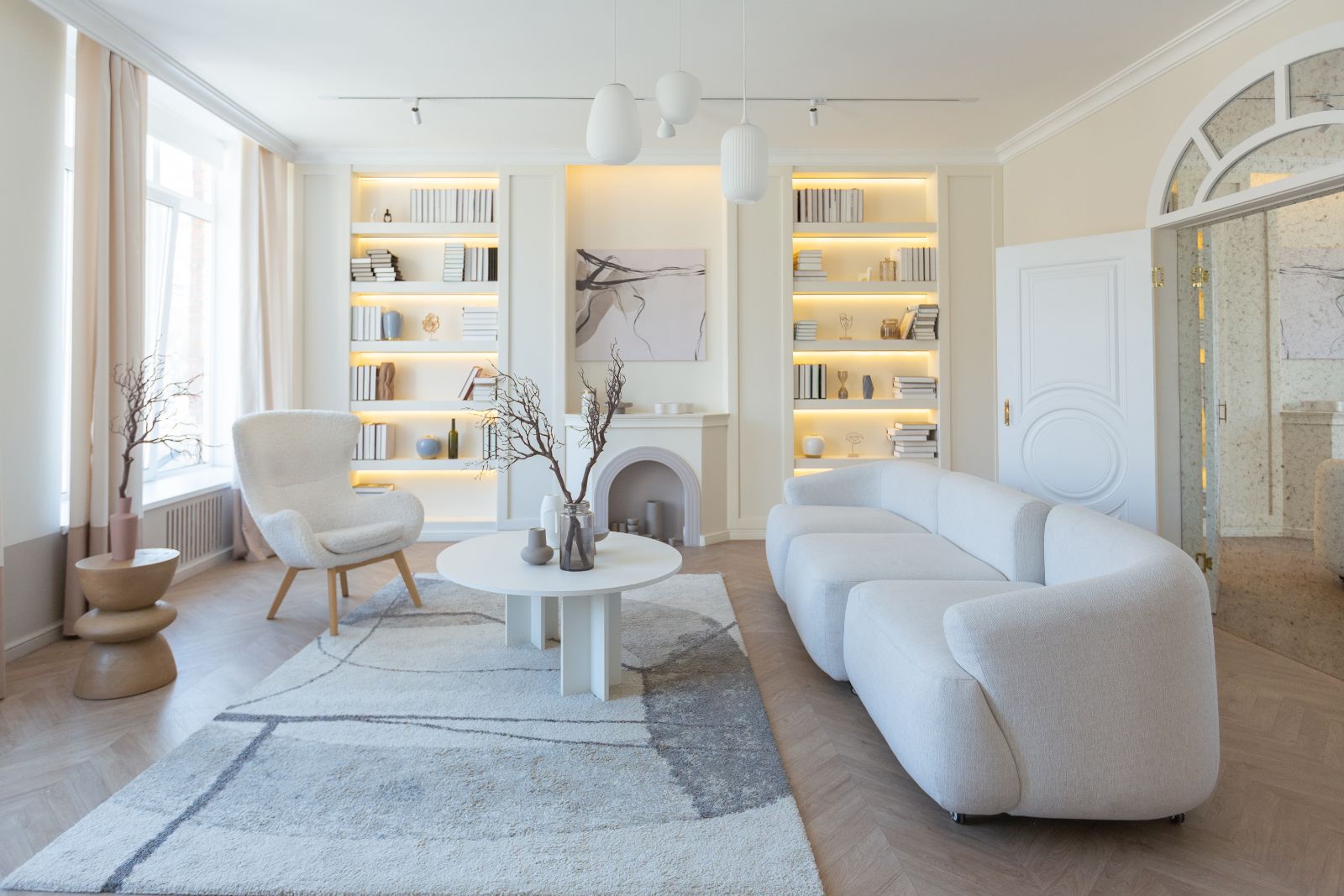
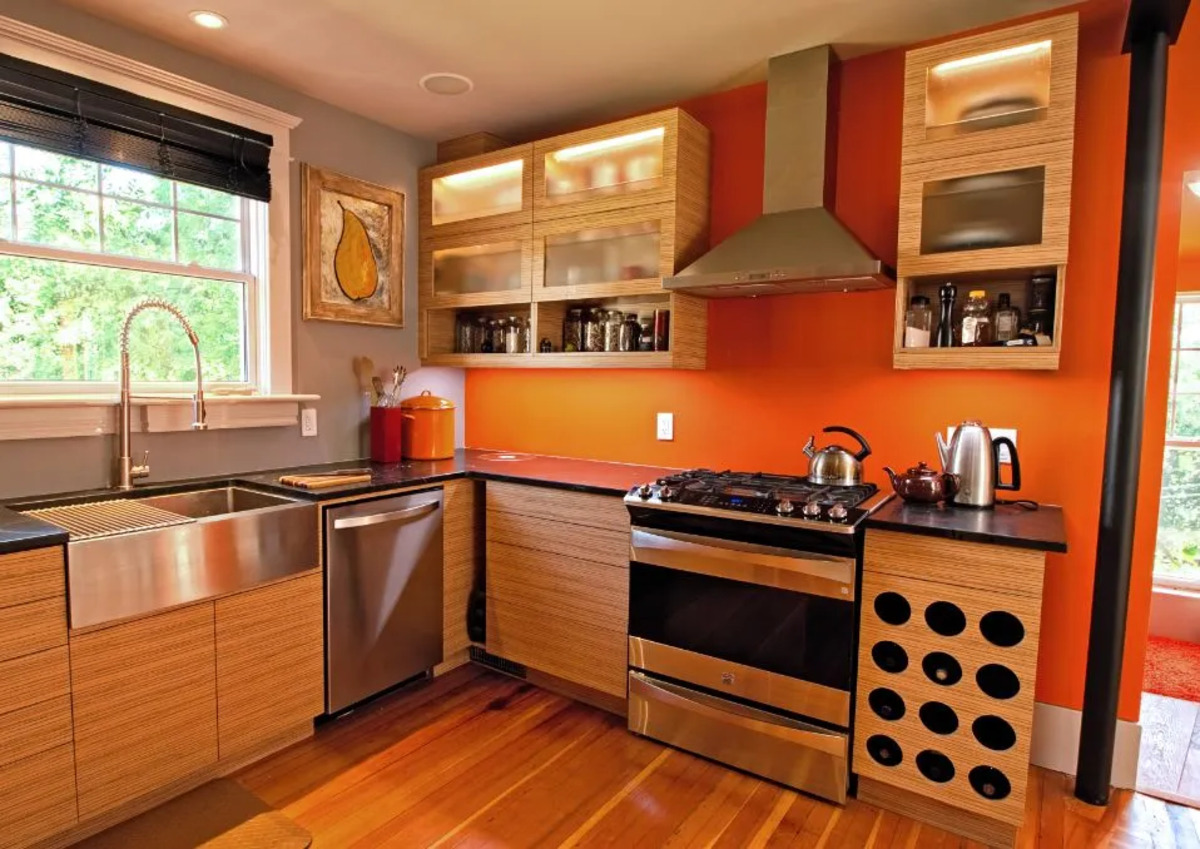
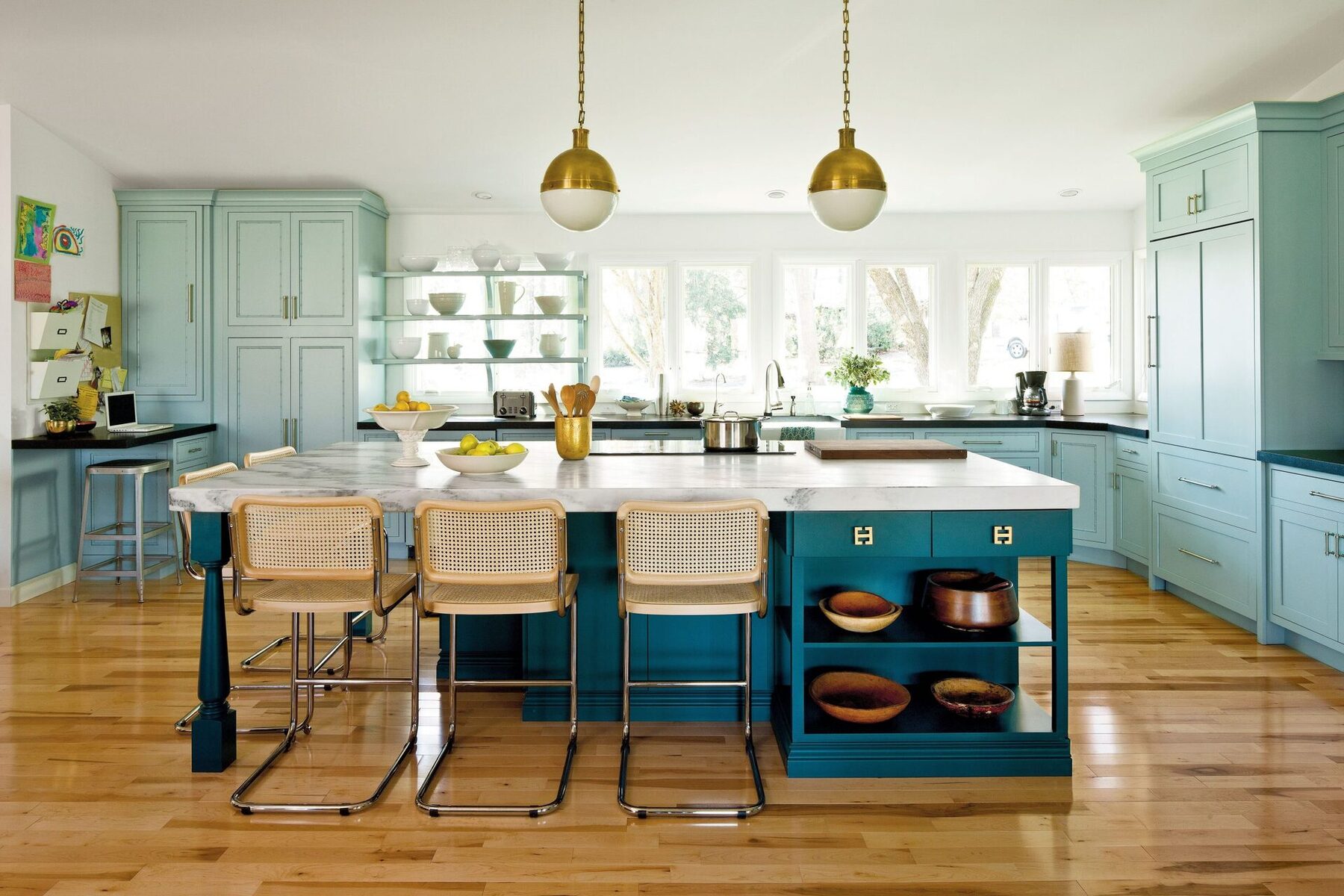

0 thoughts on “Kitchen Lighting Ideas: 45 Lights Designs To Set The Scene”